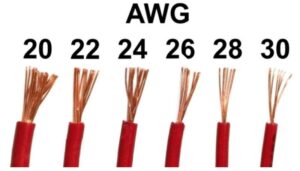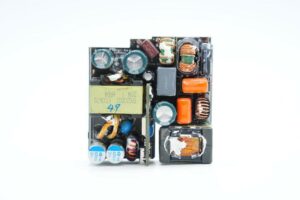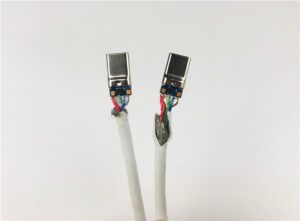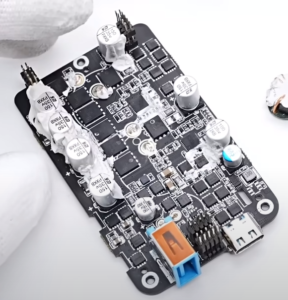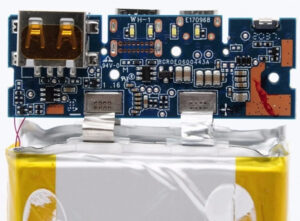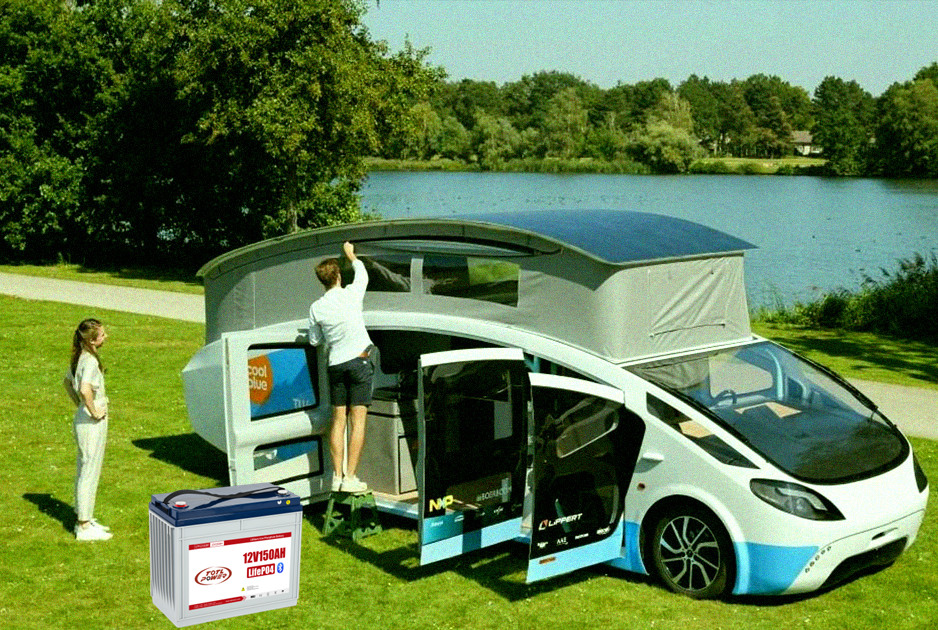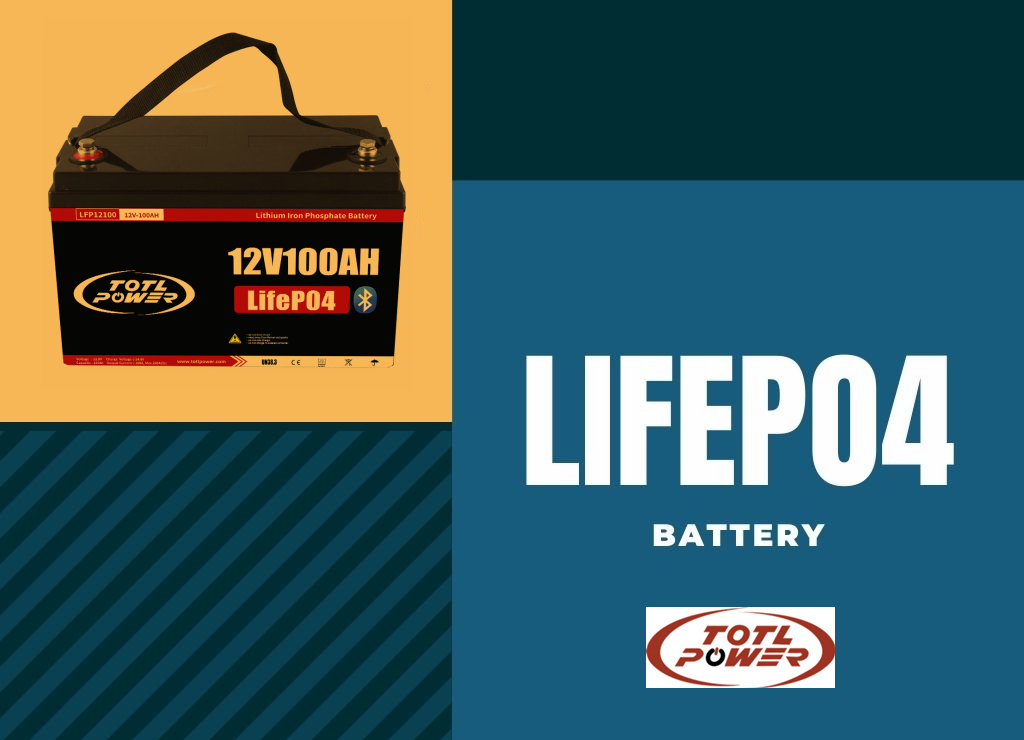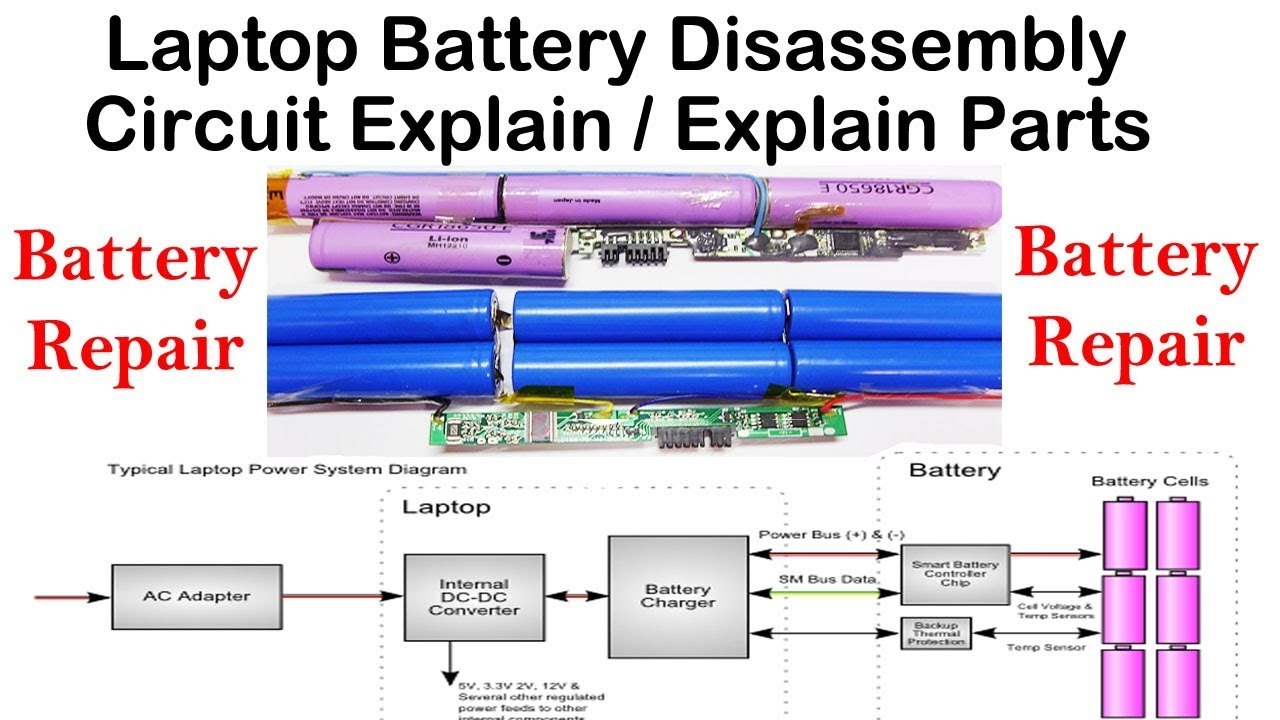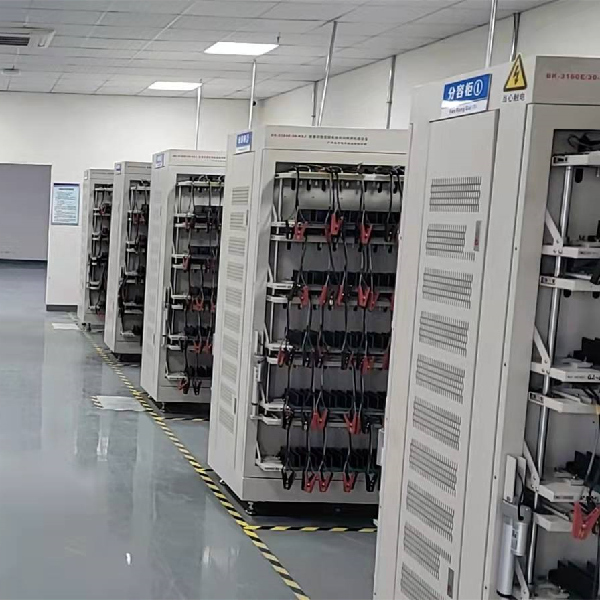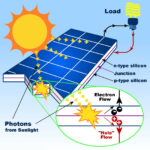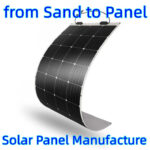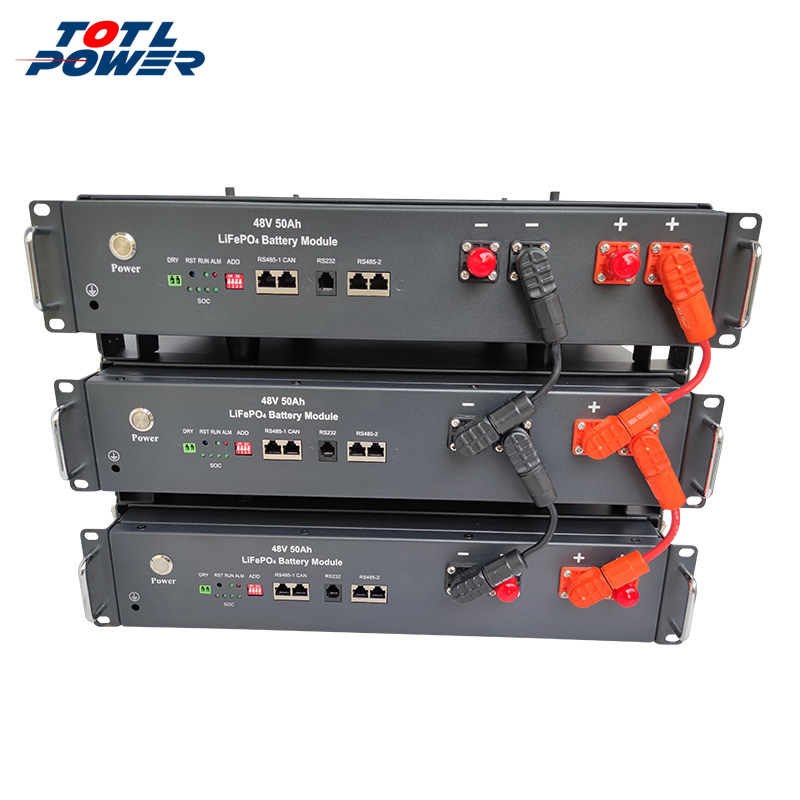8 things You Need to Know About Monocrystalline Solar Panel
Solar panel technology has dramatically improved over the years and a range of innovative solar panels are now being introduced to the market. There are a lot of things to consider when you’re looking to install a solar panel system one of which is what kind of solar panels to get. Most of the solar panels on the market today for residential solar energy systems, can fit into three categories: monocrystalline solar panels, polycrystalline solar panels, and thin-film solar panels. All these types of solar cells are used to harness the sun’s energy. However, each of them causes solar panels to have different characteristics. In this article, we’ll discuss what a monocrystalline solar panel is and how it works.
The Benefits of Solar Panel
Using solar panels is a very practical way to produce electricity for many applications. The obvious would have to be off-grid living. Living off-grid means living in a location that is not serviced by the main electric utility grid. Remote homes and cabins benefit nicely from solar power systems. No longer is it necessary to pay huge fees for the installation of electric utility poles and cabling from the nearest main grid access point. A solar electric system is potentially less expensive and can provide power for upwards of three decades if properly maintained.
Besides the fact that solar panels make it possible to live off-grid, perhaps the greatest benefit that you would enjoy from the use of solar power is that it is both a clean and a renewable source of energy. With the advent of global climate change, it has become more important that we do whatever we can to reduce the pressure on our atmosphere from the emission of greenhouse gases. Solar panels have no moving parts and require little maintenance. They are ruggedly built and last for decades when porperly maintained.
Last, but not least, of the benefits of solar panels and solar power is that, once a system has paid for its initial installation costs, the electricity it produces for the remainder of the system’s lifespan, which could be as much as 15-20 years depending on the quality of the system, is absolutely free! For grid-tie solar power system owners, the benefits begin from the moment the system comes online, potentially eliminating monthy electric bills or, and this is the best part, actually earning the system’s owner additional income from the electric company. How? If you use less power than your solar electric system produces, that excess power can be sold, sometimes at a premium, to your electric utility company!
What is a monocrystalline solar panel?
A monocrystalline solar panel is a solar panel comprising monocrystalline solar cells. The panel derives its name from a cylindrical silicon ingot grown from single-crystal silicon of high purity in the same way as a semiconductor. As the cell is constituted of a single crystal, it provides the electrons more space to move for a better electricity flow. The cylindrical ingot is sliced into wafers forming cells. To maximize the utility of the cells, the circular wafers are wire cut to an octagonal-shaped wafer. These cells have a unique look because of the octagonal shape. They also have a uniform color.
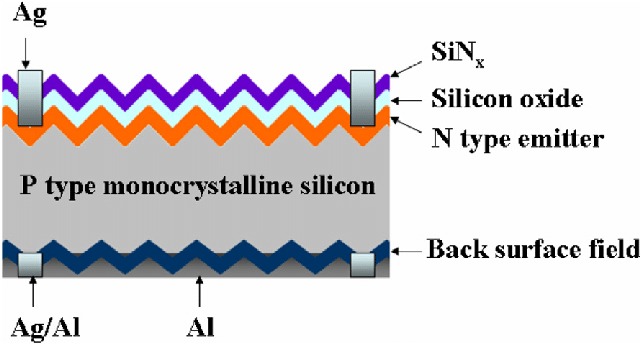
Monocrystalline solar panel construction
As mentioned above, monocrystalline solar panels get their name from how they are made. Each of the individual solar cells contains a silicon wafer that is made of a single crystal of silicon. The single crystal is formed using the Czochralski method, in which a ‘seed’ crystal is placed into a vat of molten pure silicon at a high temperature. The seed is then drawn up and the molten silicon forms around it, creating one crystal. The large crystal also called an ingot, is then sliced into thin wafers that are used to make the solar cells.
Usually, a monocrystalline panel will contain either 60 or 72 solar cells, depending on the size of the panel. Most residential installations use 60-cell monocrystalline silicon panels.
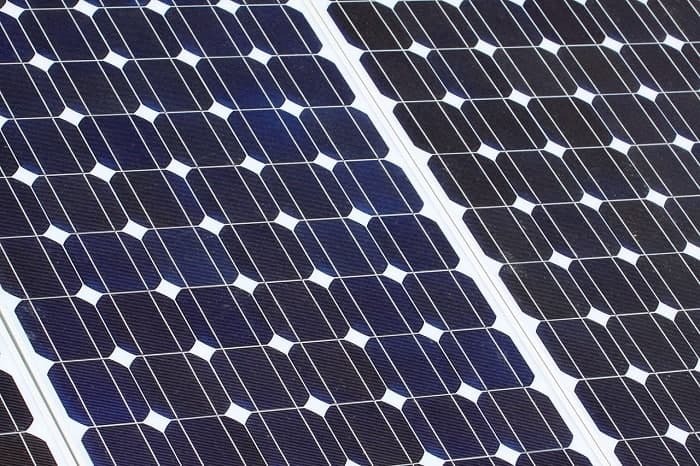
Monocrystalline solar panel working principle
When sunlight falls on the monocrystalline solar panel, the cells absorb the energy, and through a complicated process create an electric field. This electric field comprises voltage and current and generates power which is governed by the equation P (power) = V (voltage) x I (current). This power can be used directly to power devices that run on direct current (DC). This power can also be converted to alternating current (AC) using an inverter.
Monocrystalline solar panel Performance
Monocrystalline solar panels usually have the highest efficiency and power capacity out of all types of solar panels. Monocrystalline panel efficiencies can range from 17% to 20%.
Because monocrystalline solar cells are made out of a single crystal of silicon, electrons can flow easier through the cell, which makes the PV cell efficiency higher than other types of solar panels. The higher efficiency of monocrystalline solar panels means that they require less space to reach a given power capacity. So, monocrystalline solar panels will usually have a higher power output rating than either polycrystalline or thin-film modules.
In other words, you would need less monocrystalline solar panels in your solar power system to generate the same amount of power that, say, a greater number of polycrystalline solar panels would. This makes monocrystalline solar panels ideal for people with limited roof space.
Monocrystalline solar panel Features
Monocrystalline solar cells are among the three types of materials that exhibit photovoltaic properties. The other two are polycrystalline solar cells and amorphous or thin-film solar panels. Monocrystalline solar cells characteristics are as follows:
- These cells in the panel have a pyramid pattern which offers a larger surface area to collect more energy from the sun’s rays.
- The top surface is diffused with phosphorus which helps to create an orientation that is electrically negative as compared to the bottom which has a positive electrical orientation, which in turn helps to create the electric field.
- To reduce reflection and thereby increase absorption, the cells are coated with silicon nitride.
- The produced electricity is collected through metal conductors printed onto the cells.
Monocrystalline solar panel Applications
Monocrystalline solar panels have many applications as follows:
- Being more efficient, these panels can produce more electricity for the same area as occupied by panels made of other materials. These panels are quite popular among solar rooftops in urban and rural areas.
- These panels are highly recommended for solar applications on a larger scale, on vast tracts of uncultivable land.
- Smaller panels generating between 5 and 25 Watts of electricity are useful for charging phones, cameras, and laptops.
- Panels generating between 40 and 130 Watts are useful for powering higher wattage appliances such as refrigerators and microwave ovens.
- These panels are extremely useful in lighting up gardens
- These panels can form an array and are used to power rural homes.
- These panels are perfect for street lighting as stand-alone panels.
Monocrystalline solar panel Cost
Monocrystalline solar panel’s price is higher than other kinds of solar panels because of the way these panels are manufactured. Their high efficiency and power ratings also bump up the price. Most premium solar panels, like the SunPower X-series and the LG NeON panels, are monocrystalline.
According to the Lawrence Berkeley National Laboratory, monocrystalline solar panels sell for about $0.05 per watt higher than polycrystalline modules. As solar technology and manufacturing has improved, the price difference between polycrystalline and monocrystalline panels has shrunk.
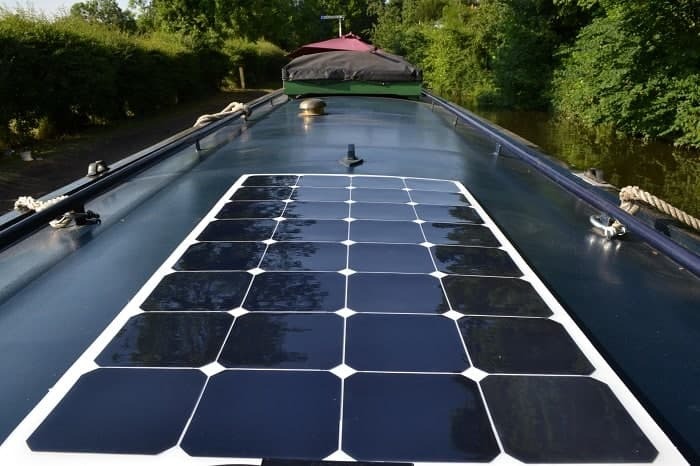
Monocrystalline Solar Panel Advantages and Disadvantages
While they are the most efficient solar cell on the market, several advantages and disadvantages come with monocrystalline solar panels, each of which is listed below.
Here are some of the advantages of monocrystalline solar panels:
- They have the highest level of efficiency at 17-22%.
- They require less space compared to other types due to their high efficiency.
- Manufacturers state that this form of solar cell lasts the longest, with most giving them a 25-year warranty.
- These panels exhibit greater heat resistance.
- They perform better in low levels of sunlight, making them ideal for cloudy areas.
Here are some of the disadvantages of monocrystalline solar panels:
- They are the most expensive solar cells on the market, and so not in everyone’s price range.
- The performance levels tend to suffer from an increase in temperature. However, it is a small loss when compared to other forms of solar cell.
- There is a lot of waste material when the silicon is cut during manufacture.
Monocrystalline solar panel vs. polycrystalline solar panels
While both monocrystalline and polycrystalline work on the same principle of capturing solar energy and both will go a long way in reducing your electricity bills, there are few basic differences between the two. The main difference between monocrystalline and polycrystalline solar cells in Hindi is the type of silicon solar cell they use; monocrystalline solar panels have solar cells made from a single crystal of silicon, while polycrystalline solar panels have solar cells made from many silicon fragments melted together.
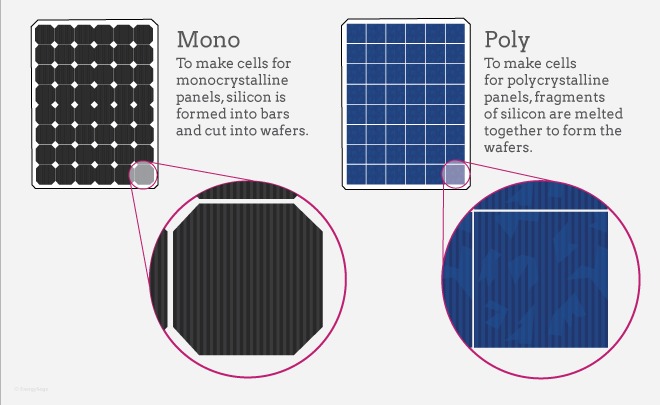
The differences between monocrystalline and polycrystalline solar panels are mentioned in the following chart.
| Parameters | Monocrystalline | Polycrystalline |
| Cost | High | Low |
| Efficiency | High | Low |
| Appearance | Black color panels | Bluish color panels |
| Temperature Coefficient | High | Low |
| Lifespan | Up to 25 years | Up to 25 years |
| Space | Occupies less rooftop space | Takes more space |
| Performance | Performs better even in low light | Low efficiency in cloudy weather |
| Key Manufacturers | SunPower, LG | SolarWorld, Trina |
To choose between the best monocrystalline solar panels and polycrystalline solar panels, you should evaluate them on the following parameters.
- Price: Monocrystalline solar panels for sale will be relatively more costly compared to polycrystalline solar panels. You should draw a careful cost-benefit analysis and determine your budget to make the right choice for you.
- Efficiency: Among the key advantages of monocrystalline solar panels is their high-efficiency rate. These products are made from superior grade silicone, which has a single-crystal structure. Therefore, electricity flow has minimal resistance in these cells. On the other hand, although one of the advantages of polycrystalline solar panels is their lower price, their efficiency is also lower (between 14 and 16 percent) due to their reduced silicon purity.
- Lifespan: When you compare the initial installation costs between monocrystalline vs. polycrystalline solar panels, you should also look at the average lifespan of each. Monocrystalline solar panel manufacturers will usually offer a 25-year warranty because of the longer lifespan of the product. On this parameter of lifespan, polycrystalline solar panels are not very different, but the warranty period offered by the manufacturers may vary.
- Temperature Coefficient: In warm weather, monocrystalline solar panels can deliver higher efficiency because of their higher temperature coefficient. The output degradation in monocrystalline panels is lower as the temperature rises. If you are living in a region where the summers are longer and warmer, you should carefully consider the temperature coefficient of the solar panels you are choosing.
- Aesthetics: Attractive physical appearance of the solar panels depends on an individual’s sense of aesthetics. But many users find that the speckled blue hue of polycrystalline silicon is not too easy on the eyes. Therefore, they may prefer monocrystalline solar panels as they find them more uniform in appearance, and thus more aesthetically desirable.
- Space: If the available space on your roof is limited but you need more solar output, you may consider monocrystalline solar panels because of their higher efficiency. It is worth paying the additional cost for these panels in your situation because you can maximize your power output even within your space constraints to accommodate a PV system.
So, this is all you need to know about the monocrystalline solar panel. If you enjoy this article, let us know what you think by leaving a reply in the comment section.
Uses of Solar Panels
Solar panels are used in various industries as per the necessity and requirement. The uses of solar panels are listed below:
- Dairy: Solar panels can be used to generate power which can be used in the dairy industry for the process of sterilization, pressurization, concentration, drying, and boiler feedwater.
- Tinned Food: Here, the solar panels can provide temperature which can prove useful for processes like sterilization, pasteurization, bleaching, and cooking.
- Textile: Textile industry depends on the extensive use of solar panels for efficient use of solar energy. These are used for the process like bleaching, dyeing, drying, degreasing, pressing, etc.
- Paper: In this industry, the use of heat is required for various processes and uses solar panels to provide heat for the process like drying, boiler feed water, bleaching, etc.
- Chemical: These industries use solar panels for generating heat which is used for the production of soaps, synthetic rubber, processing heat, preheating water, etc.
- Beverages: We can see major uses of solar panels in beverage industries for the processes such as washing sterilization and pasteurization.
- Timber and by-products: Solar panels are used in the timber industry in the processes of drying, thermodiffusion beams, pre-heating water, and in the preparation of pulp.
- Plastics: Solar panels are used to generate heat which is used in the process such as preparation, distillation, separation, extension, drying, blending, etc.


